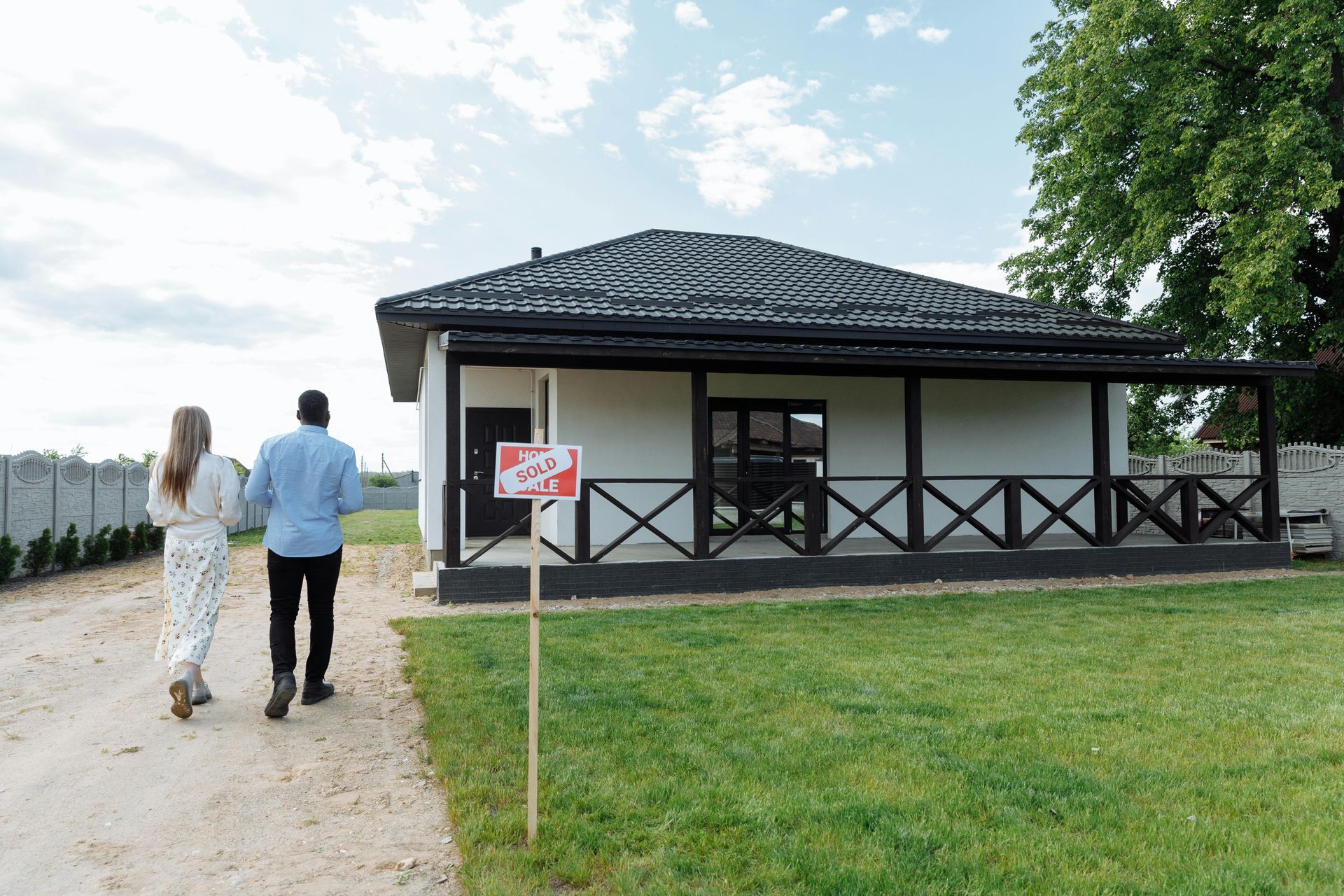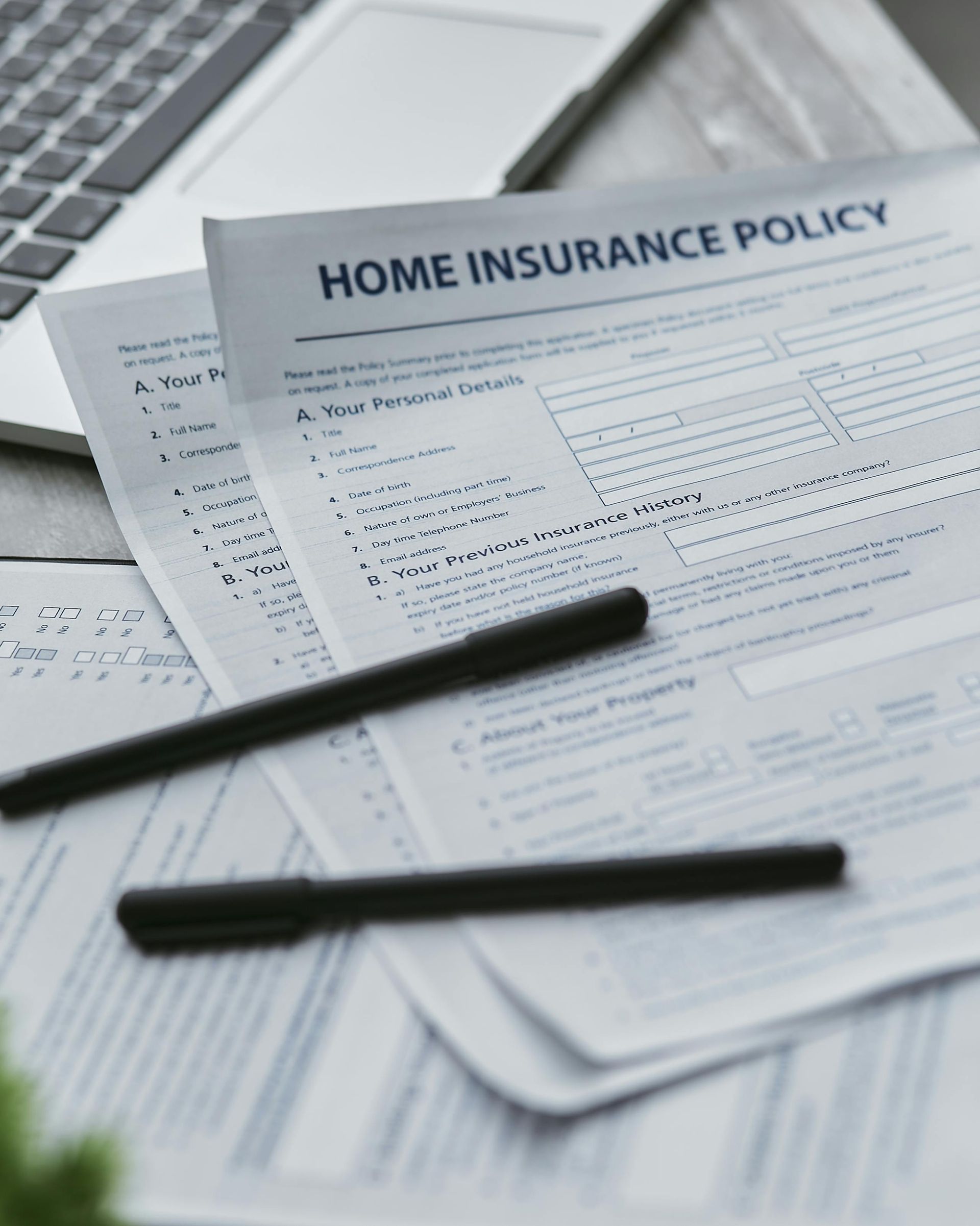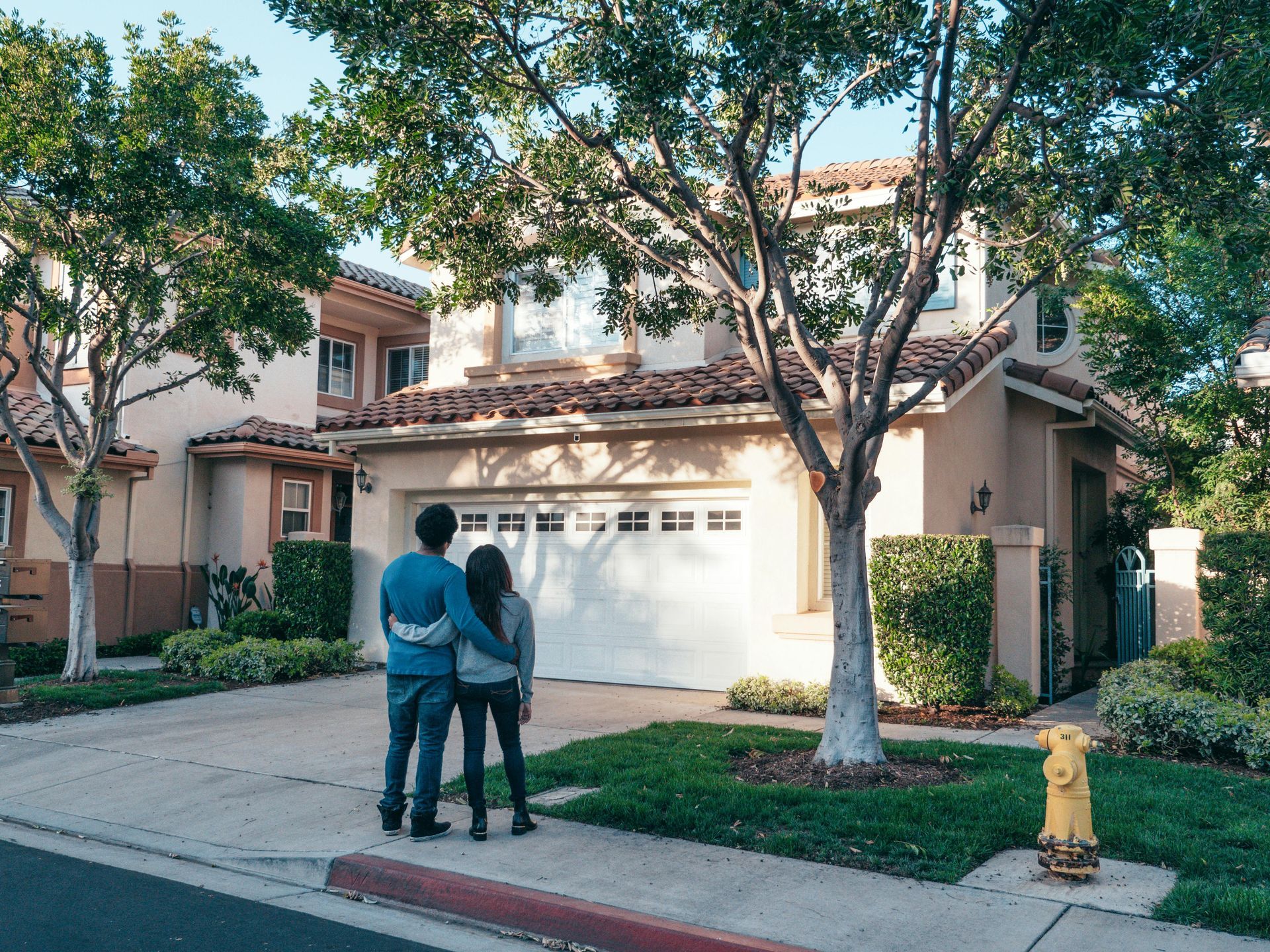Affordable Flood Insurance Miami Florida: Costs You Need
Discover affordable flood insurance Miami Florida options that fit your budget. Learn about costs, coverage, and tips for securing your property today!
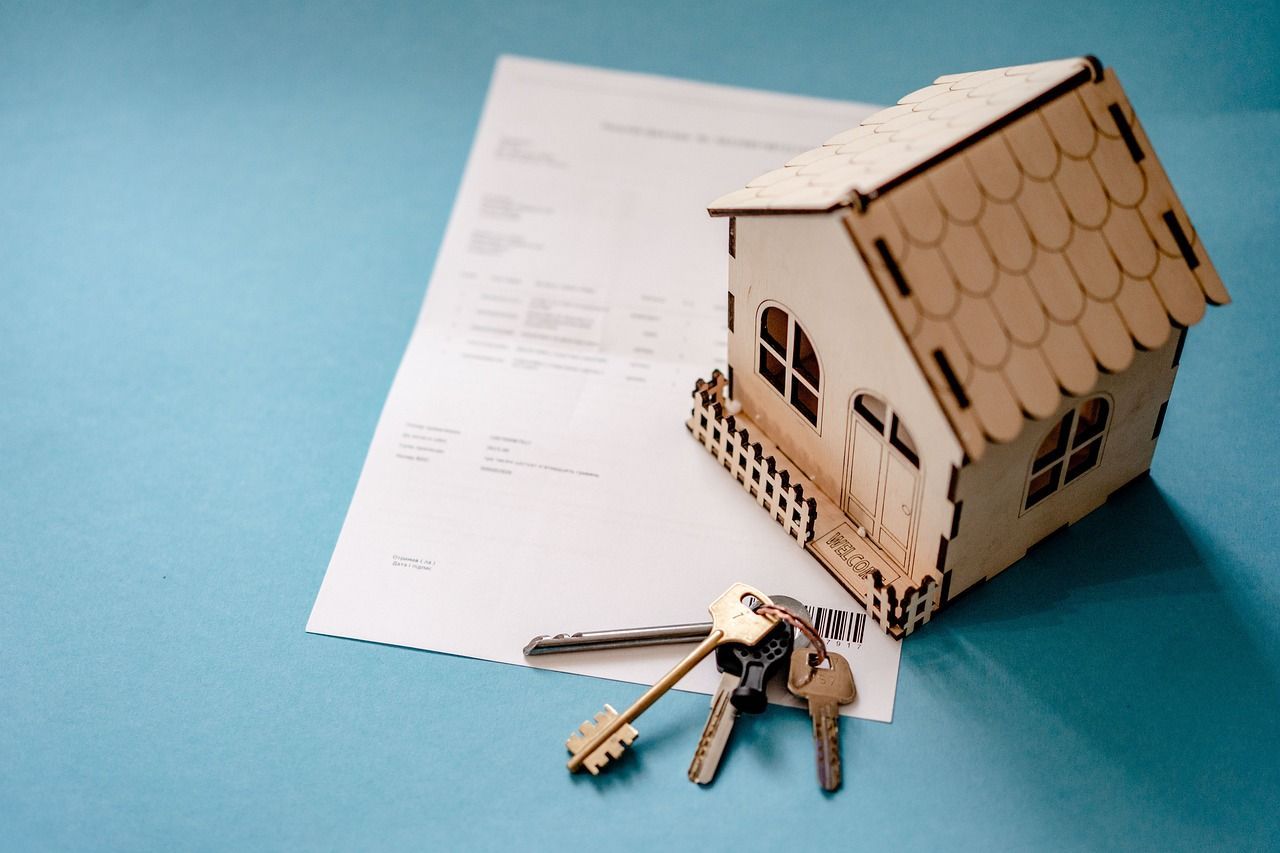
Key Highlights
Here's a quick look at what you need to know about flood insurance in Miami:
- The median cost of a National Flood Insurance Program (NFIP) policy in Florida is approximately $776 per year.
- Standard homeowners insurance does not cover flood damage, making a separate flood insurance policy essential for financial protection.
- You can choose between a federal government-backed NFIP policy or a private flood insurance policy, which often offers higher coverage limits.
- Factors like your property's location, elevation, and construction type significantly impact your flood insurance premium.
- Comparing quotes from multiple providers is the best way to find affordable flood insurance coverage that meets your needs.
Introduction
Living in Miami offers beautiful beaches and a vibrant lifestyle, but it also comes with a significant flood risk. According to the Federal Emergency Management Agency (FEMA), just one inch of floodwater can cause up to $25,000 in damage to your home.
What’s more, your standard homeowners insurance policies will not cover this type of destruction. To protect your property and finances, you need a dedicated flood insurance policy. Understanding your options through the National Flood Insurance Program or private insurers is the first step toward securing peace of mind.
Understanding Flood Risks in Miami, Florida
Miami's geography makes it uniquely vulnerable to flooding. The city's low elevation and extensive coastline mean that rising water levels, whether from the sea or heavy rain, pose a constant threat. This proximity to water creates a scenario where flood damage is not a matter of "if" but "when" for many residents.
Because of this heightened risk, relying on a standard home insurance policy is not enough. The Federal Emergency Management Agency provides resources and flood maps to help you understand your specific risk level, but every property in Miami has some degree of exposure. Let's explore the common causes of flooding and what different risk zones mean for you.
Common Causes of Flooding in Miami
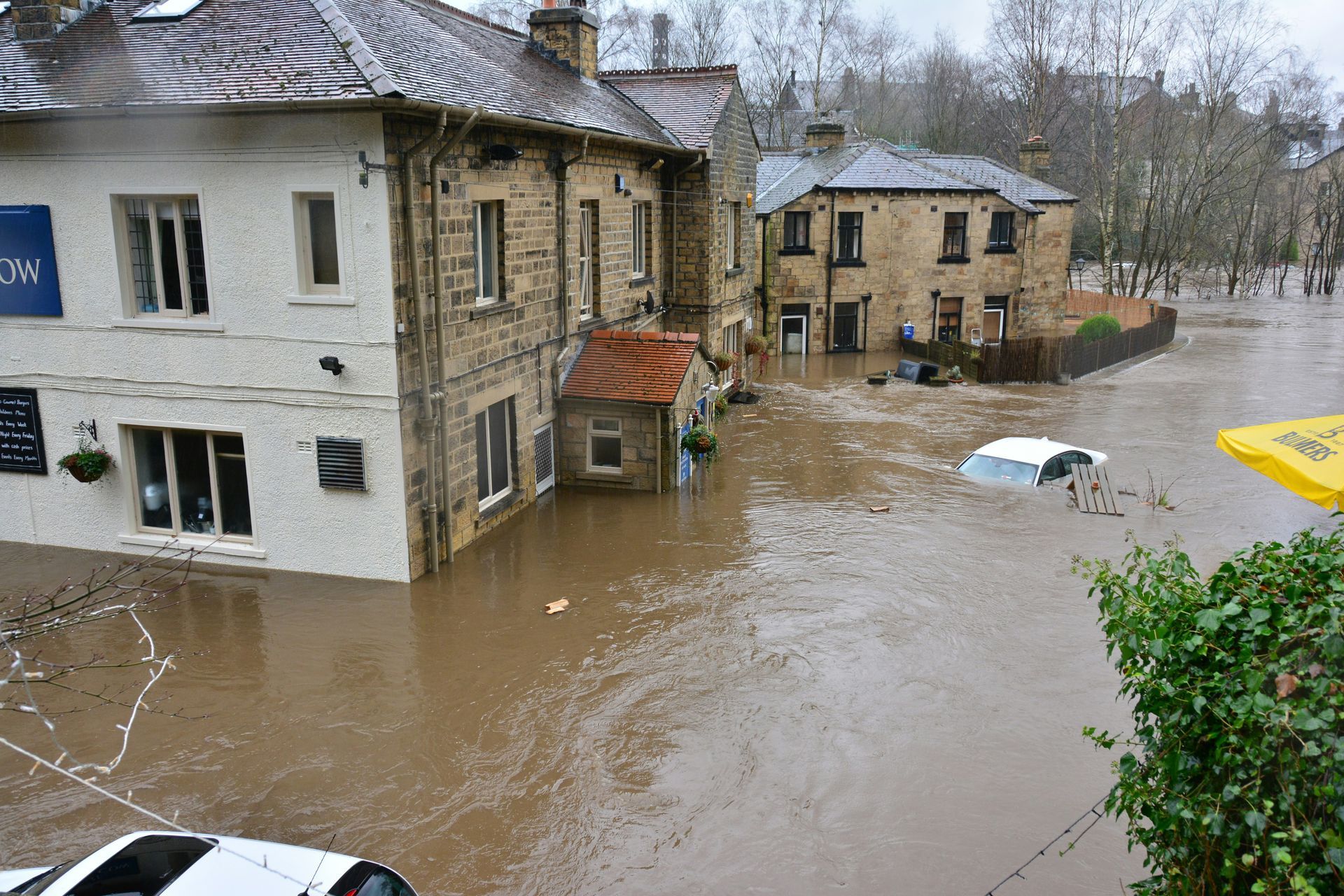
Miami's flood risk stems from several natural factors. The most prominent are hurricanes and tropical storms, which bring powerful storm surges that push seawater into coastal areas. These events can cause widespread water damage in a very short amount of time, overwhelming drainage systems and inundating homes.
Another major cause is heavy rainfall. Florida's tropical climate means intense downpours are common, especially during the summer. When these storms linger, they can lead to inland flooding, even in areas far from the coast. This type of flooding affects a vast number of properties across the state.
Finally, rising sea levels are a growing concern for the entire region. As sea levels increase, the base elevation for flooding gets higher, making coastal communities more susceptible to regular tidal flooding and exacerbating the impact of storm surges. This long-term trend, managed by the federal government and local agencies, will continue to influence flood risk and insurance needs.
High-Risk vs. Low-Risk Flood Zones
FEMA creates flood maps that categorize areas based on their level of flood risk, which directly impacts insurance requirements and costs. These zones help property owners understand their vulnerability and help lenders assess risk for mortgages.
High-risk zones, often designated as Zone A or Zone V, are areas with a 1% or greater chance of annual flooding. If you have a federally-backed mortgage on a property in one of these zones, you are legally required to purchase flood insurance. Moderate-to-low-risk zones, labeled as Zone B, C, or X, have a lower probability of flooding.

Even if you are in a low-risk area, it doesn't mean you are safe. In fact, over 40% of NFIP flood insurance claims come from outside high-risk areas [2]. Consider these points:
- High-Risk Zones (A, V): Flood insurance is mandatory for most mortgage holders.
- Moderate-to-Low-Risk Zones (B, C, X): Insurance is not federally required but is highly recommended.
- All Zones: Every property has some level of flood risk.
- Changing Maps: Flood maps can be updated, potentially changing your property's risk designation.
The Average Cost of Flood Insurance in Miami
So, what should you expect to pay? The average cost of an NFIP flood insurance policy is about $786 per year nationally. In Florida, the median cost is very similar, at $776 annually. However, this is just a baseline, and your actual flood insurance premium can vary significantly based on your specific circumstances.
Private flood policies offer an alternative, with insurance rates that can be either higher or lower than the NFIP depending on the provider and the level of risk they are willing to take on. The key is to understand what determines these costs so you can find a policy that fits your budget.
Typical Premiums for Homeowners
In Florida, the cost of flood insurance varies widely. While the median premium is $776 per year, many homeowners pay more or less depending on their property's risk profile. Understanding the distribution of costs can help you gauge where your quote might fall.
Currently, rates are somewhat controlled by a federal law that caps annual increases, meaning some properties are paying less than their true risk-based rate. However, you can expect premiums to rise gradually over time to reflect the actual risk more accurately. For many, the annual flood insurance premium is less than 0.5% of their home's total replacement cost.
Here's a breakdown of what Florida policyholders are paying annually for flood insurance:
| Annual Premium Range | Percentage of Policyholders |
|---|---|
| Under $1,000 | 39% |
| $1,000 - $2,000 | 23% |
| $7,000 or more | 5% |
This shows that while some high-risk properties command very high premiums, a majority of homeowners insurance policyholders find more moderate rates.
Factors Influencing Flood Insurance Costs
Your flood insurance costs aren't random; they are calculated based on a variety of factors related to your property's specific flood risk. FEMA's Risk Rating 2.0 system now uses a more individualized approach to set insurance rates, moving beyond just flood zone maps.
The location and elevation of your home are primary drivers. A house in a low-lying coastal area will naturally have a higher premium than one on higher ground further inland. The construction materials and age of your home also play a role, as do the coverage limits you select for your policy.
Here are some key factors that determine your premium:
- Property Location: Your home's proximity to water sources and its designated flood zone.
- Elevation: The height of your home's lowest floor relative to the base flood elevation.
- Coverage Limits and Deductible: The amount of coverage you choose and the deductible you are willing to pay.
- Cost to Rebuild: The replacement cost value of your home influences the overall premium.
Types of Flood Insurance Policies

When you decide to purchase flood insurance, you generally have two main paths to choose from. The most common option is a policy through the National Flood Insurance Program (NFIP), which is a federal program managed by FEMA. These insurance policies are designed to be accessible to anyone in a participating community.
The second option is to buy a flood insurance policy from a private insurance company. These policies are not backed by the government and operate more like traditional insurance. Both types have distinct advantages and disadvantages, so it's important to understand the differences in their coverage options before making a decision.
National Flood Insurance Program (NFIP) Explained
The National Flood Insurance Program was created to provide affordable flood insurance to property owners, renters, and business owners. Because NFIP flood insurance is underwritten by the Federal Emergency Management Agency, it is available to anyone living in one of the thousands of communities that participate in the program.
NFIP policies have standardized coverage limits, which are set by the federal government. For residential properties, these limits are:
- Up to $250,000 for the structure of your home (building coverage).
- Up to $100,000 for your personal belongings (contents coverage).
While reliable, these policies have notable exclusions. They typically do not cover personal items stored in basements, external structures like decks and pools, or temporary living expenses if you have to relocate while your home is being repaired. You can purchase an NFIP policy through many private insurers who act as servicers for the program.
Private Flood Insurance Providers
For those who need more coverage than the NFIP offers, private flood insurance is an excellent alternative. Since these insurance policies are not tied to the federal program, private insurers have the flexibility to offer higher coverage limits and more comprehensive protection.
Many private policies provide coverage that fills the gaps left by the NFIP. For example, some plans cover personal belongings in a basement, detached structures like garages or fences, and additional living expenses if a flood makes your home uninhabitable. Companies like Chubb even offer combined dwelling and contents coverage up to $15 million for high-value homes.
However, there are trade-offs. Private companies can decline to cover a property they deem too risky, which is not the case with the NFIP. Here are some key benefits of private flood insurance:
- Higher coverage limits for both your dwelling and personal property.
- Coverage for additional living expenses (loss of use).
- Options to cover detached structures and swimming pools.
- Potentially shorter waiting periods for coverage to begin.
How to Find Affordable Flood Insurance Providers
Finding an affordable flood insurance provider in Miami doesn't have to be a challenge. The key is working with an insurance agent to shop around and understand what you are buying. Whether you are looking for an NFIP policy or a private plan, an experienced insurance agent can be a valuable resource to guide you through the process.
They can help you assess your needs, navigate the complexities of the flood insurance program, and secure quotes from different carriers. By actively comparing your options, you can ensure you get the right flood insurance coverage at a competitive price.
Comparing Quotes and Plans
The single most effective way to find affordable flood insurance is to compare quotes from multiple providers. Don't assume the first quote you receive is the best one available. An independent insurance agent can gather quotes for both NFIP and private policies, giving you a clear picture of your options.
When comparing plans, look beyond just the price. Pay close attention to the coverage limits for both the building and your contents. Also, check the deductible amount, as a higher deductible can lower your premium but means you'll pay more out-of-pocket during a claim.
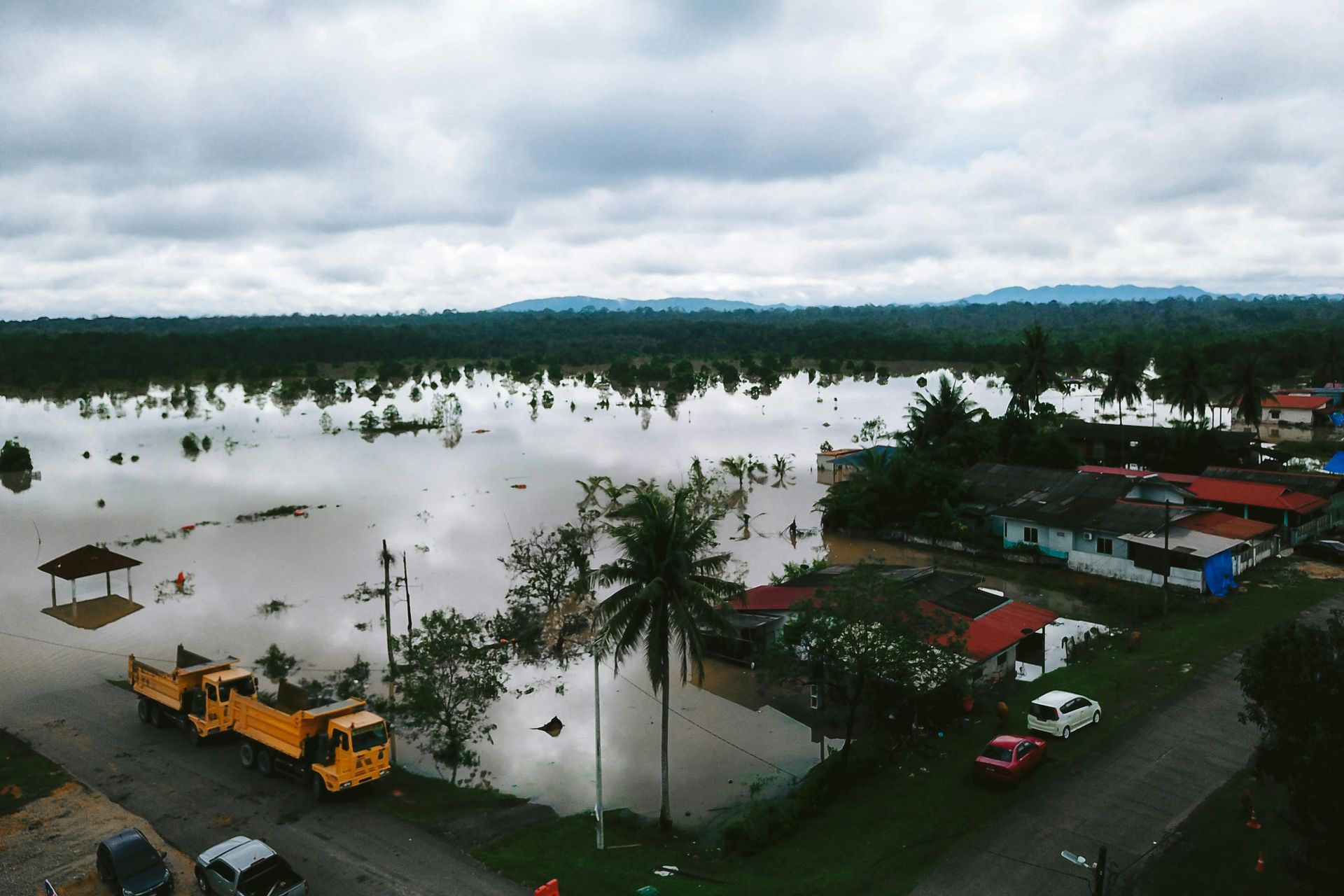
To make an informed decision, be sure to compare the following:
- Premiums: The annual cost of the flood insurance policy.
- Coverage Options: What is included, such as building, contents, and additional living expenses.
- Deductibles: The amount you pay before insurance kicks in, noting separate deductibles for structure and contents.
- Waiting Period: How long you must wait before the policy becomes effective.
Top Companies Offering Cheap Flood Insurance in Miami
While "cheap" is relative and depends on your specific property, some companies are known for offering competitive insurance rates. For those seeking affordability, an insurance agent can help determine what insurance company and plan are right for you.
Discounts and Ways to Save on Flood Insurance
Beyond just shopping for the lowest price, there are proactive steps you can take to reduce your flood insurance premium. Many insurers offer discounts for bundling policies or for living in a community that has taken steps to reduce its overall flood risk.
An insurance agent can help you identify all available savings. Additionally, making physical improvements to your property to mitigate potential flood damage can lead to significant long-term reductions in your insurance rates. Let's look at some of these opportunities more closely.
Available Discounts and Eligibility
One of the easiest ways to save is by bundling your flood insurance with other policies, such as your home insurance or auto insurance. Companies offer a discount for customers who combine their flood coverage with other insurance products, which can lower your overall insurance rates.
Another significant discount comes from the Community Rating System (CRS). If your community participates in this voluntary FEMA program by implementing floodplain management activities, you could receive a discount on your flood insurance premium. For example, residents of unincorporated Monroe County get a 35% discount.
You can also lower your premium by adjusting your policy terms. Ask your agent about these potential savings:
- Bundling Policies: Combine flood with home or auto insurance for a multi-policy discount.
- Community Rating System (CRS): Check if your community's mitigation efforts qualify you for a discount.
- Higher Deductibles: Choosing a higher deductible will lower your annual premium.
- Elevation Certificate: If your home is elevated, this document may help you secure a lower rate.
How Flood Mitigation Can Lower Premiums
Taking steps to protect your home from flooding, known as flood mitigation, can do more than just prevent damage—it can also lower your insurance rates. Insurers recognize that flood-resistant homes are less risky to cover, and they often reward proactive homeowners with a lower flood insurance premium.
Simple measures can make a big difference. For example, elevating your home's critical systems—like the HVAC unit, water heater, and electrical panels—above the base flood elevation can reduce the cost of potential repairs and may qualify you for a discount.
Installing flood vents in your foundation walls or crawlspace is another effective strategy. These vents allow floodwater to flow through the area rather than build up pressure against your walls, reducing the risk of structural damage. A sump pump can also help by actively removing water that enters your basement or crawlspace, further protecting your property and potentially lowering your insurance rates.
What Flood Insurance Covers in Miami, Florida
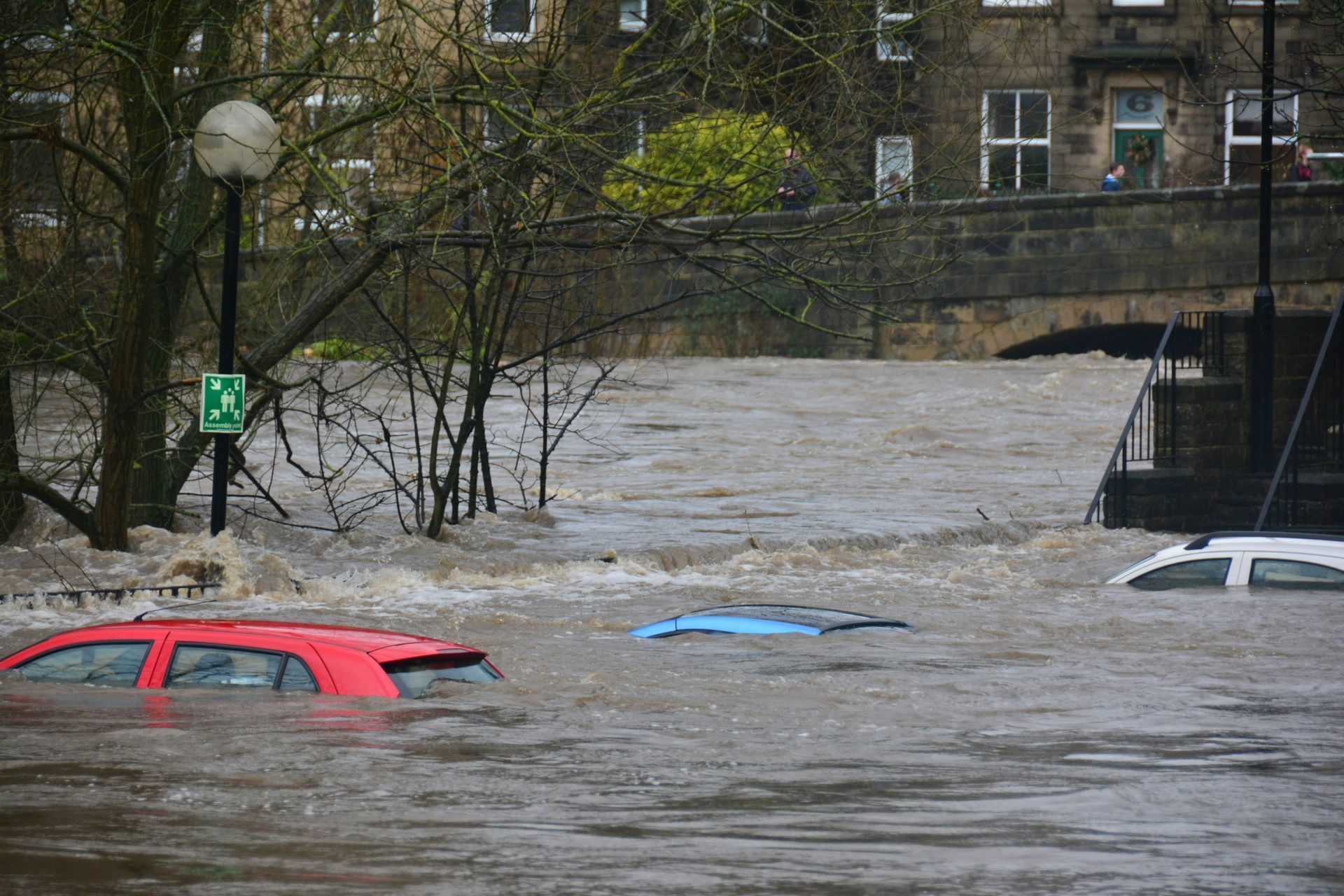
Understanding what your flood insurance policy covers is crucial to avoid surprises when you need it most. Generally, a policy covers direct physical losses from a flood, which is defined as an excess of water on land that is normally dry. This includes damage from storm surges, overflowing rivers, and heavy rainfall.
However, coverage is typically split into two main categories: building coverage for the structure itself and contents coverage for your personal belongings inside. It's important to know the distinction between the two and what is and isn't included under each.
Structure vs. Contents Coverage
Building coverage is designed to protect the physical structure of your home. This includes the foundation, walls, electrical and plumbing systems, and other components that are permanently installed. If a flood damages these essential parts of your house, this portion of your policy helps pay for repairs or rebuilding.
Contents coverage, on the other hand, protects your personal belongings. This includes items like furniture, clothing, electronics, and portable appliances. This coverage is sold separately from building coverage, and you can choose the amount you need based on the value of your possessions. Some policies may not include loss of use, which would cover temporary living expenses.
Here's what is typically included under each:
- Building Coverage: Foundation, electrical systems, HVAC equipment, permanently installed carpeting, and built-in appliances.
- Contents Coverage: Furniture, clothing, electronics, portable appliances like washers and dryers, and valuables (up to a certain limit).
Exclusions and Limitations
Just as important as knowing what is covered is understanding what is not. Flood insurance policies, especially those from the NFIP, have specific exclusions and coverage limits. For instance, damage from moisture or mold that could have been avoided by the homeowner is typically not covered.
Most policies also exclude coverage for property and belongings outside the insured building. This means items like decks, patios, fences, septic systems, and swimming pools are generally not protected. Additionally, financial losses, such as loss of income for a home-based business or temporary living expenses, are often not included in standard NFIP policies.
Be aware of these common exclusions:
- Basement Items: Personal belongings kept in a basement are usually not covered.
- Property Outside the Building: Decks, fences, pools, and landscaping are typically excluded.
- Financial Losses: Policies often don't cover loss of use or temporary living expenses.
- Valuable Papers and Currency: Items like cash, precious metals, and stock certificates are not covered.
Conclusion
In conclusion, affordable flood insurance is crucial for homeowners in Miami, given the region's vulnerability to flooding. Understanding your specific risks, the types of available policies, and the factors influencing premiums can empower you to make informed decisions. By comparing quotes and exploring discounts, you can find coverage that fits your budget without compromising on protection. Remember, investing in flood insurance not only safeguards your property but also provides peace of mind in the face of unexpected events. If you're ready to explore your options further, don’t hesitate to reach out and get a free consultation to help navigate the best flood insurance solutions tailored to your needs.
If you are interested in getting coverage with People Insurance Agency, contact us.
Frequently Asked Questions
Can I get flood insurance if I’m in a low-risk area?
Yes, you can and should get flood insurance even if you are not in a high-risk area. FEMA data shows that over 40% of flood claims in the United States come from properties outside of designated high-risk flood maps. Many insurers offer lower-cost coverage options for these property owners.
How do I apply for NFIP flood insurance in Miami?
You can apply for a National Flood Insurance Program policy by contacting an insurance agent. While the federal government underwrites the NFIP policy, it is sold through private insurance companies. An agent can help you complete the application and secure the right amount of flood insurance coverage for your home.
What’s the difference between private flood insurance and NFIP coverage?
The main difference is that an NFIP policy is backed by the Federal Emergency Management Agency and has set coverage limits, while private flood insurance is offered by commercial insurers. Private policies often provide higher coverage limits and may include protections like temporary living expenses, which the standard NFIP policy excludes.
